Haiti hunger crisis: How WFP delivers food amid violence and insecurity
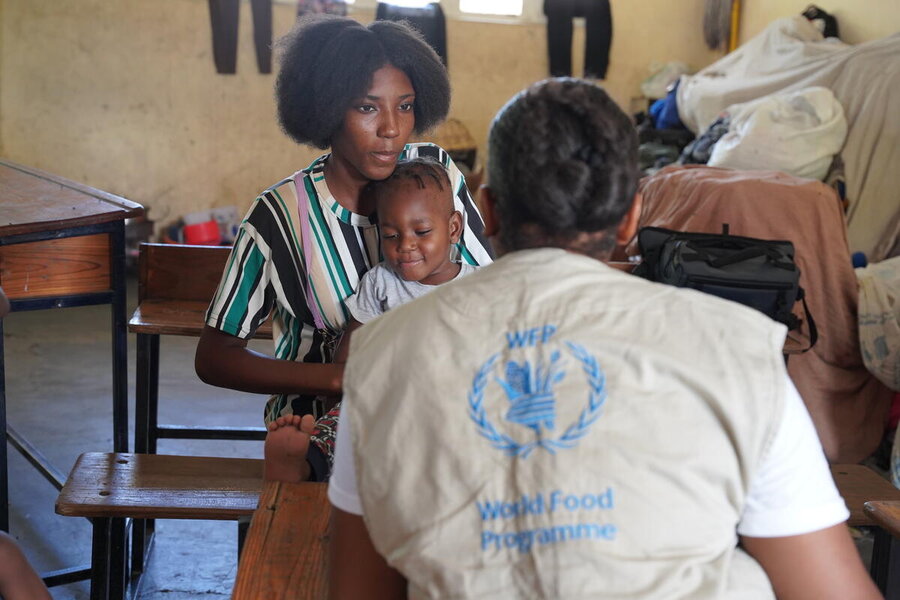
“You can’t imagine how frustrated I am,” says Janvier Muhima. It’s early morning, and a mission to assist 30,000 people in La Saline, one of the most vulnerable areas of Port-au-Prince, is postponed “simply because the roads are blocked due to violence in the area.”
It’s no wonder he is shaking his head – the head of the World Food Programme (WFP) office in Haiti’s capital is supposed to oversee a convoy delivering food to one of its most deprived areas.
“We have people waiting who will not get food today… yet that is what we’re supposed to be doing.”
La Saline is “a zone under the full control of an armed group” where “the whole socioeconomic system is disrupted – no markets, no shops open, people struggling to get their meals.”
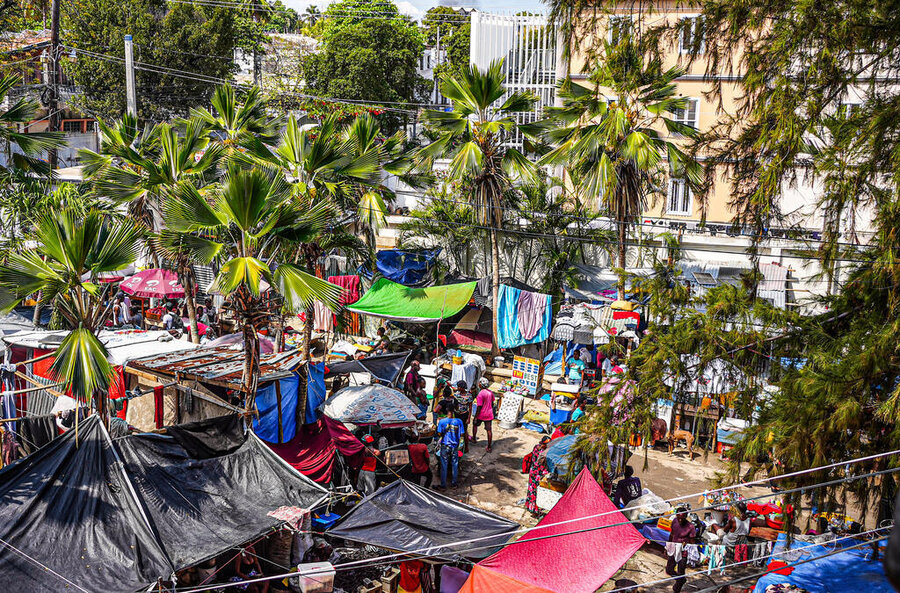
People’s access to services – “anything that can support their livelihoods” – is next to zero. With more than 80 percent of the city controlled by several different armed groups, no mission is straightforward.
Loading food and moving trucks “in a way that suits the capacity of all involved” requires coordination with WFP’s partner organizations, their volunteers, community leaders, and the people who receive the assistance, Muhima explains.
Supply chain considerations include which type of truck is suitable for each zone based on road quality and security.
“We can’t mobilize all the trucks at once for safety reasons, so we divide them into convoys,” he says.
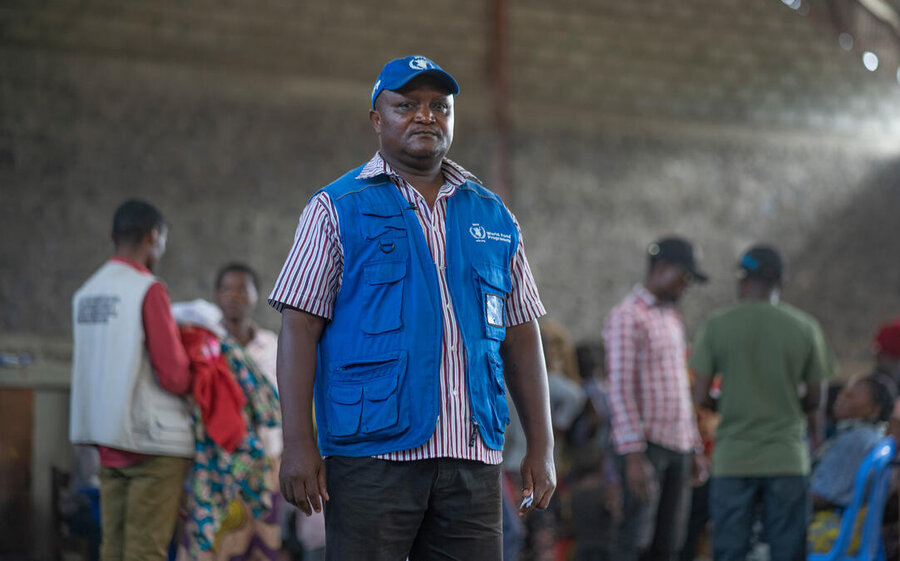
But for the thousands of residents cut off from the rest of the country – elders, pregnant and nursing mothers, children, and people living with disabilities – these food deliveries are a lifeline.
WFP provides specialized nutritious foods to prevent mothers and children from becoming malnourished, and to bring those who are already malnourished back to health. And it provides counselling to mothers on infant and young child nutrition and breastfeeding.
Last November, WFP made a breakthrough, negotiating access to deliver 300 metric tons of rice, beans, and oil – enough to assist 50,000 people – into another besieged neighbourhood. It was the first time in years that people in Croix-des-Bouquets, located on the northern edge of Port-au-Prince, had seen humanitarian assistance.
‘Before we go to any distribution site, we make sure the criteria are clearly defined and understood by all communities’
The latest Integrated Food Security Phase Classification (IPC) report – the global standard for measuring food security – shows a record 5.7 million people – more than half of all Haitians – are projected to experience acute food insecurity over the next two months. Of those, just over 2 million are projected to face IPC4 ‘emergency’ level hunger, while about 8,400 people are expected to face ‘catastrophe’ (IPC5), the most critical level of food insecurity where people face starvation.
Muhima is clear about what keeps his team going: preparation, purpose, passion, and a kind of quiet pride in being able to deliver despite the many challenges.
Despite assurances of safety, journeys into areas controlled by armed groups can be nerve-wracking. “At checkpoints, you’re not allowed to take out your phone or communicate,” he says. “If something happens, how would I let anyone know?”
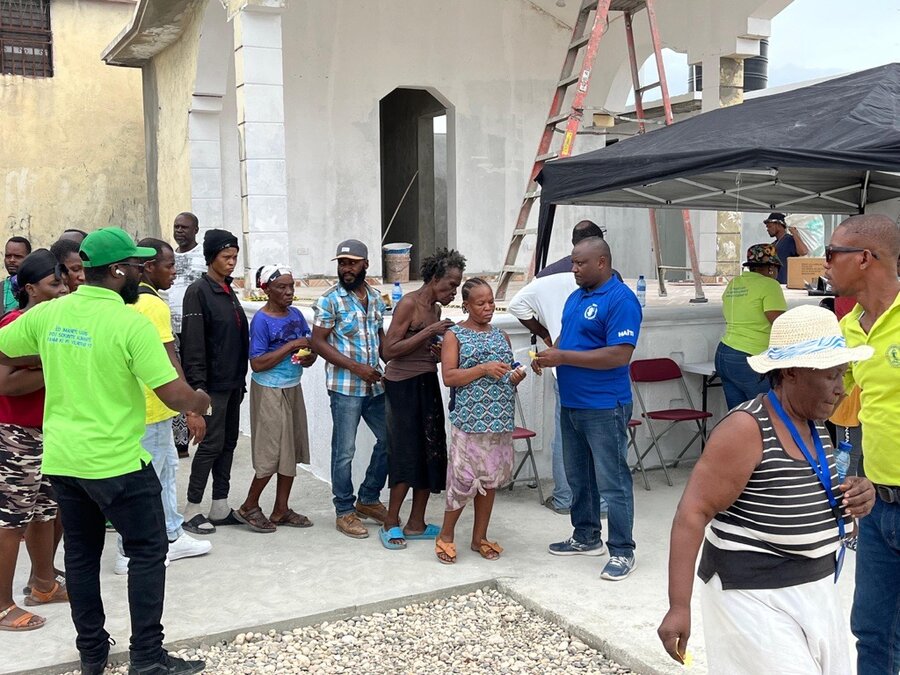
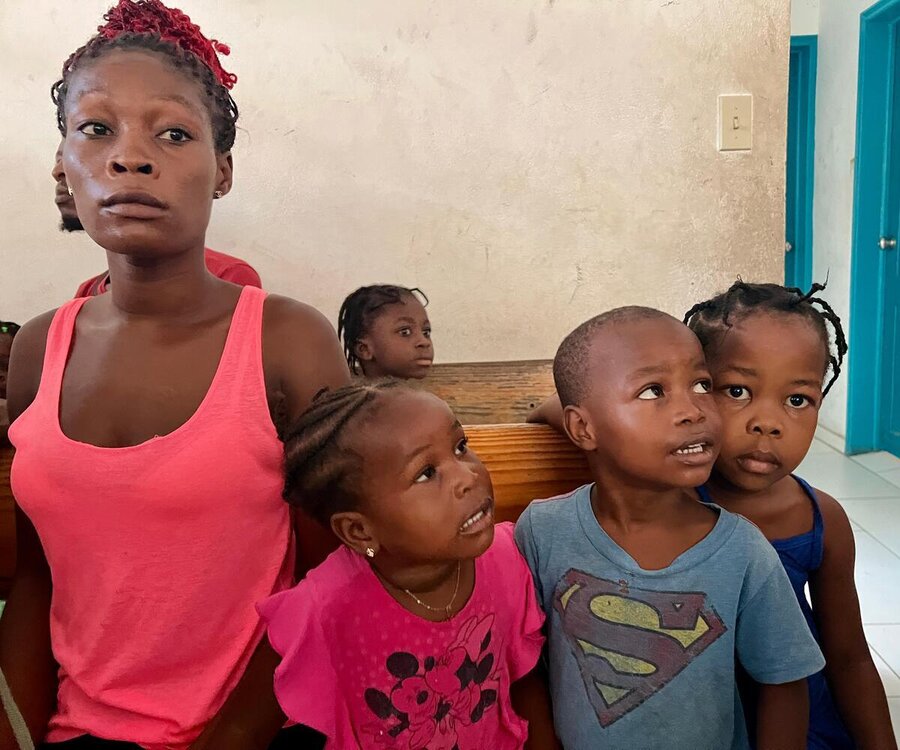
It takes approximately two weeks to distribute to around 45,000 people, providing a food basket consisting of rice, beans, and oil that lasts for a month. Things don’t always go smoothly.
“We do our best to plan meticulously before every distribution – to make sure we have enough to feed all the target population,” says Muhima.
By February, more than a million people were displaced in Haiti, three times higher than the same time in 2024 (this year alone, 100,000 have been displaced). How precisely does WFP target the people receiving food assistance?
“Before we go to any distribution site, we make sure the criteria are clearly defined and understood by all communities,” says Muhima. “We also train our partners and government institutions to support us in selecting beneficiaries – we work closely with our partners and local leaders with in-depth knowledge of the area.”
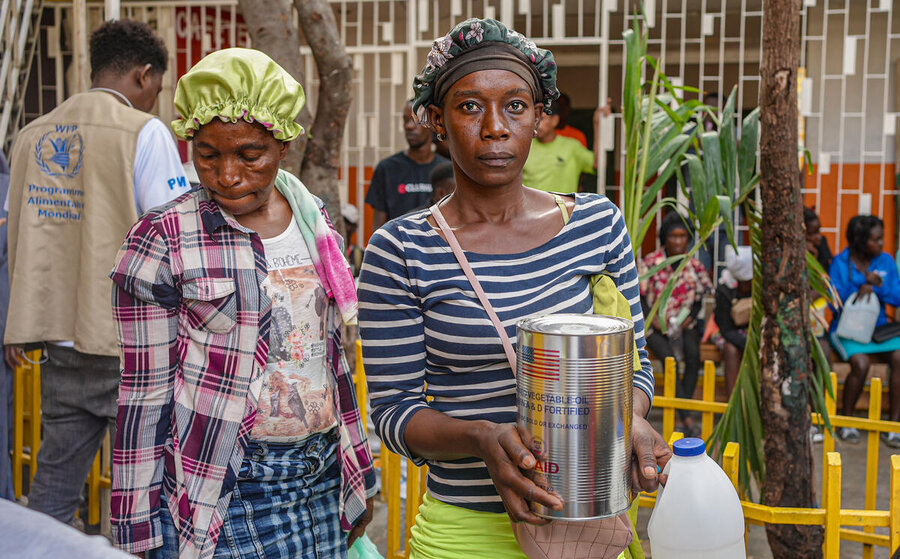
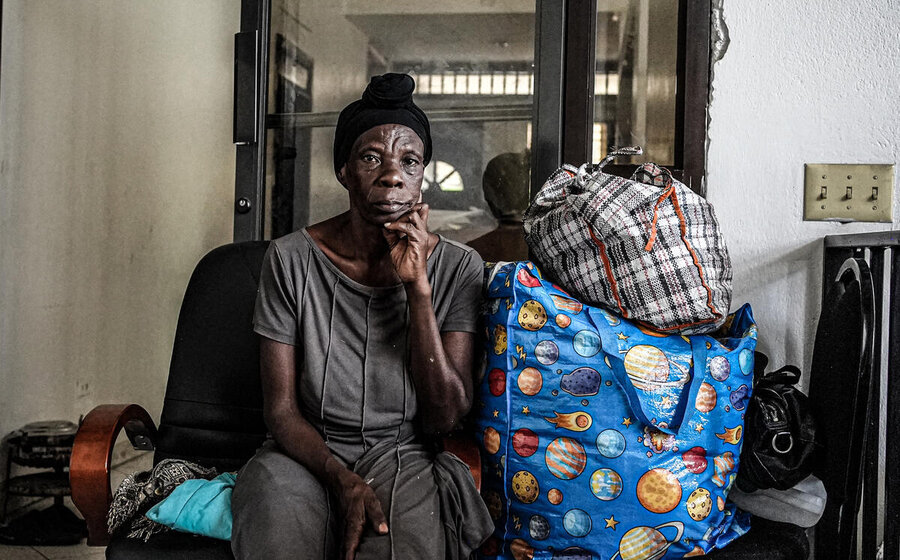
Follow-up monitoring determines who receives the aid. “And once we have the results from the targeting process, we make a plan,” says Muhima. “We discuss it with the logistics, security, access, and programme teams to ensure everyone is on the same page and that we have the resources to meet all the identified needs.”
He adds: “We also use remote monitoring using cell phones to track how things are going and to ensure our partners reach the intended beneficiaries – especially pregnant women, malnourished people, the elderly, and youth.”
It is such people Muhima feels he has let down in La Saline today – but he will be up at the crack of dawn tomorrow to try again.
